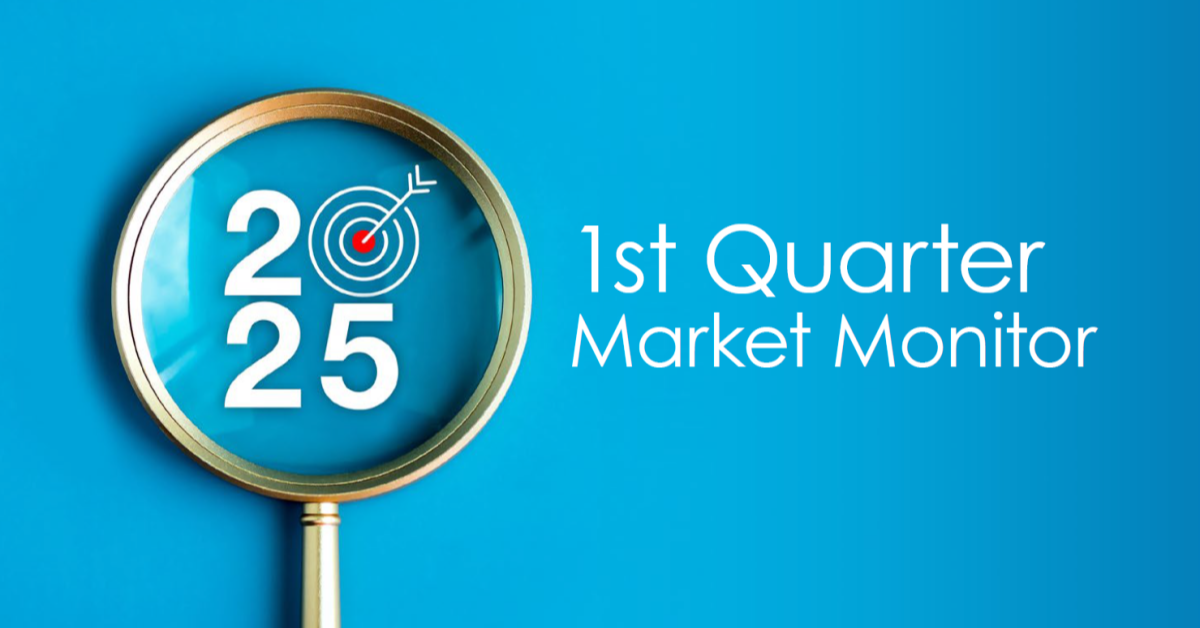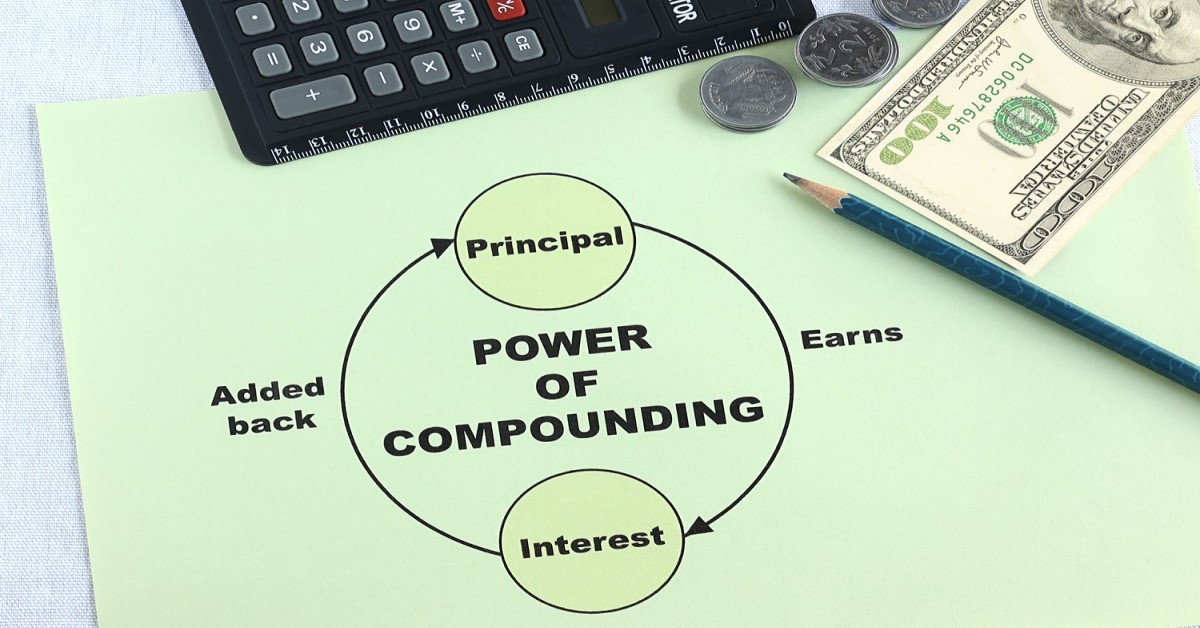
It is that time of year again when market strategists roll out their predictions for the coming year and pen their thoughts on how they believe financial markets will fare. We pay attention to these forecasts to see if there are any overwhelming consensus views among market participants. The reason for this is that the ‘herd’ (or consensus) opinion is rarely accurate and is more often surprised.
Most strategists are bullish on stocks for the year ahead, which is one area where we mostly agree. Bull markets don’t simply die of old age; they are usually ended by the Fed taking away the punch bowl and tightening monetary policy significantly, or by exogenous events that cause an economic downturn. The former scenario doesn’t look like it will show up on investors’ radar this year, and the latter is a wild card that is hard to forecast but also doesn’t have a high likelihood in the near future.


There are also some fun facts with statistics about 2015 that all point to bullish outcomes. The first is that this is the 3rd year of a President’s term, which has historically been the strongest year of the four year cycle. The third year of a President’s term hasn’t been accompanied by a down year in the market since 1955 when Dwight Eisenhower was in office.
A second and stronger statistic is that 2015 is also a year ending in “5”, and the stock market has never seen a down year ending in “5” going all the way back to 1900. Additionally years ending in “5” tend to be some of the best performing years for the stock market. Now all this doesn’t guarantee anything, but it’s nice to know they favor a positive outcome.
A hot debate in the market right now is what will happen to oil prices and are beaten down energy stocks a good investment? First, we think oil prices are likely to head lower in the first half of 2015, even as we may see a bounce first. But OPEC and other oil producers have yet to cut back any production, and countries that rely on petroleum revenues are likely pumping more given that the drop in prices has dramatically lowered their revenues and crimped budget plans. While some investors are looking for opportunity among beaten down oil stocks, we think a prudent approach would be to wait 1-2 quarters for the dust to settle.
Although many energy stocks have come down markedly in recent months, the corresponding earnings estimates for the companies still appear to need further downward revisions. Thus, while the stocks are down most of them are now trading at higher valuations (P/E levels) than they were at their highs. So it could take a couple of quarters of downward revisions – which will likely mean even lower stock prices – and then we could see a durable bottom put in and a good buying opportunity.
The next hot topic of debate is when the Federal Reserve will begin to raise interest rates. The Fed halted its asset purchases (quantitative easing) last October and hinted that they would not look to raise rates for a reasonable period afterward. Most took that to mean roughly a 6-month lag. That would put the first rate hike in the April timeframe. But the Fed has also said they would be “data dependent”, meaning if economic conditions soften, then that timeframe could be extended. Right now our best guess is somewhere in the April-June FOMC meetings.


Will that mean bond yields will start to move higher? Not necessarily. The initial moves by the Fed are likely to be more symbolic than anything. After all, moving short-term rates from 0.00% to 0.25% is far from tight monetary policy. And inflationary pressures are still well below normal. Until we see inflationary pressures become more pronounced bond yields are likely to stay relatively low, albeit it within a wider range than we have seen in recent months.
Moreover, current bond yields on the 10-year Treasury Note are still higher than many other developed countries around the globe. As such, if our bond yields moved higher it would probably be viewed as a good buying opportunity to global bond investors hungry for yield.
Overall, while we remain constructive on the year ahead, we do fall within the consensus in thinking that volatility levels are likely to pick up relative to recent years. The period from 2012-14 was characterized by extremely low levels of market volatility compared to historical norms. We think a move simply back to more normal levels of volatility is something investors should prepare for. And with still rocky conditions in Europe, Greece, Russia, Saudi Arabia, etc., there are a lot of geopolitical headlines that could produce corrections.
That said, we still think that equities likely offer the best returns for investors in the coming year. Extreme low bond yields will likely be a headwind for fixed income investors this year, while uncertainty in oil and gold make commodities a question mark as well.
Sources: Stockcharts.com; BTIG research; Briefing.com; IBD; Barron’s
Jordan L. Kahn, CFA
Chief Investment Officer



